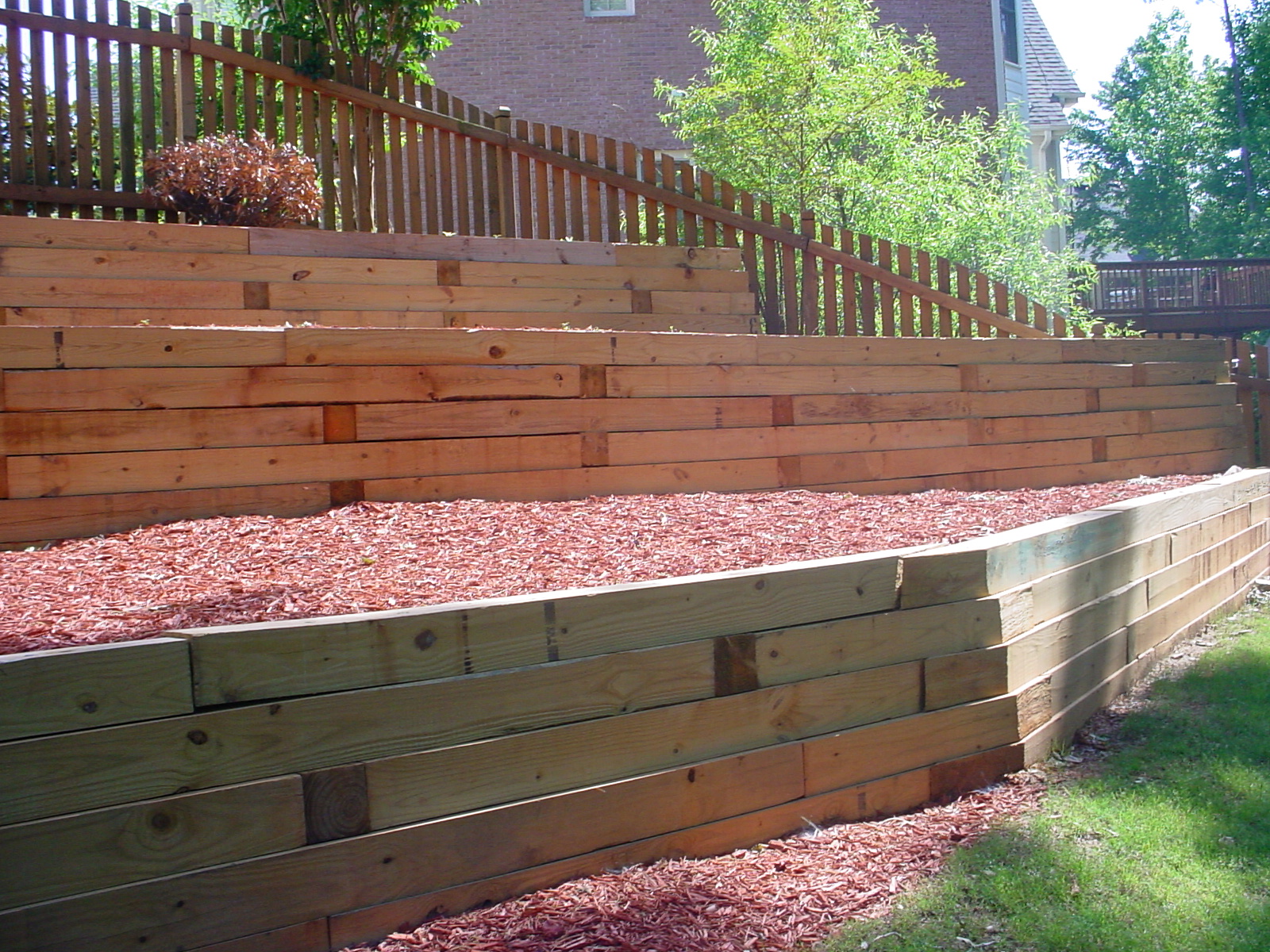
September 19, 2024
What Sorts Of Wet Impact Your Walls?
Exactly How To Remove Moisture In A Residence 2022 Victorian buildings, renowned for their building charm and historic value, commonly present distinct difficulties, specifically when it involves damp concerns. Determining the causes of damp in these old frameworks is vital for keeping their stability and making sure a healthy living atmosphere. At Tayross Chartered Structure Surveyors, we leverage our know-how to help you recognize the potential resources of wet in Victorian homes.Common Root causes of Damp in Victorian Properties1. Poor VentilationVictorian homes were typically built without contemporary ventilation systems, leading to inadequate airflow.Recognising Passing Through Wet
Damp reasons several issues for buildings and should be prevented with the use of DPCs. A number of elements are accountable for moist growth in buildings. It's the obligation of the landlord to make certain homes are "suitable for human habitation". A dehumidifier might likewise assist if wetness is a real concern, Prof Noakes included. If it's feasible to track the root cause of the mould and it's not over a massive area-- Bronchial asthma + Lung UK suggests much less than a square metre-- it might be the case that the mould can be handled instantly. If it doesn't cause any kind of breathing or asthma problems, it may be possible to rub out the mould.What Are The Most Effective Anti-mould Paints?
‘A recipe for a mouldy smell!’ How to stop clothes smelling of ‘damp’ when drying indoors - Express
‘A recipe for a mouldy smell!’ How to stop clothes smelling of ‘damp’ when drying indoors.
Posted: Sun, 25 Sep 2022 07:00:00 GMT [source]
- Excess dampness in the home as a result of high humidity can harm wood, either by developing stains and growths, or at some point by creating more serious decay.
- It depends on the property owner to take care of any problems with the home that might make it unsafe as promptly as feasible.
- Without this, a blanket therapy of the symptoms is typically suggested.
- Usual reasons consist of malfunctioning roof covering, leaking pipelines, or fractures in the walls.
- This dampness can then travel upwards, causing damage to plaster, paint, and even architectural aspects of the home.4.
Exactly How To Gauge Your Home's Wetness
The type of soil and its dampness material around a building likewise plays a part. Soil that keeps water, such as clay, can exacerbate the issue, specifically if there is poor drain around the structure's foundations. This causes a constant supply of wetness being available to be prepared into the wall surfaces. Drying washing inside your home without adequate ventilation can also cause problems. The WHO states that homes that are jammed or absence proper heating, air flow, and insulation are most likely to be wet. A home's heating, ventilation and cooling (COOLING AND HEATING) system must remain in working order to effectively manage the level of dampness. Excellent air flow assists to reduce the humidity levels within a structure, making the inside less for damp-related issues. In locations with high wetness, making use of dehumidifiers can aid keep a drier setting, lowering the threat of interior condensation, which can aggravate climbing wet troubles. If that does not address the issue, your roofing system may need air flow enhancements. In areas vulnerable to high wetness degrees or where the aquifer is high, landscape design modifications can assist. Grading the land away from the building and integrating attributes that route water away from the foundation can be efficient.Can you get rid of wet permanently?
As soon as you've identified the wet, you will typically need to fix the source. There are'then a variety of specialist items readily available that can stop damp from returning and make great the damaged location. A new damp-proof course.Lower your outside ground level.Repair or replace guttering or a dripping roof.Use damp-proof paint.Use a dehumidifier and ventilate your home.Install air bricks or vents.Change your routines
Social Links